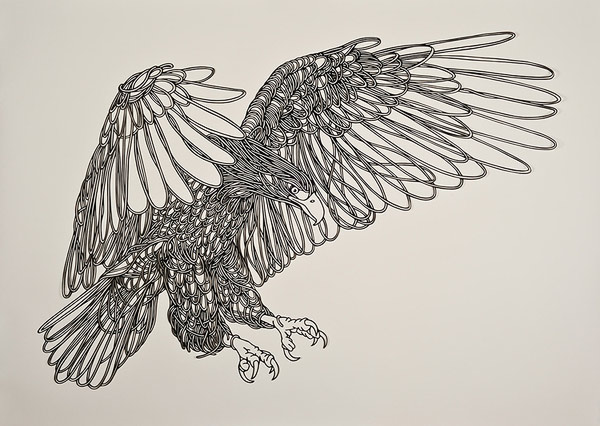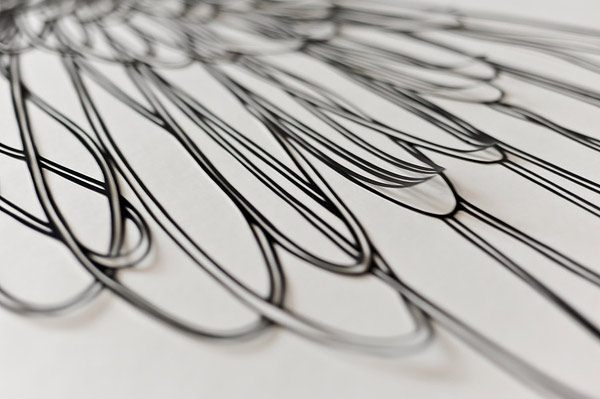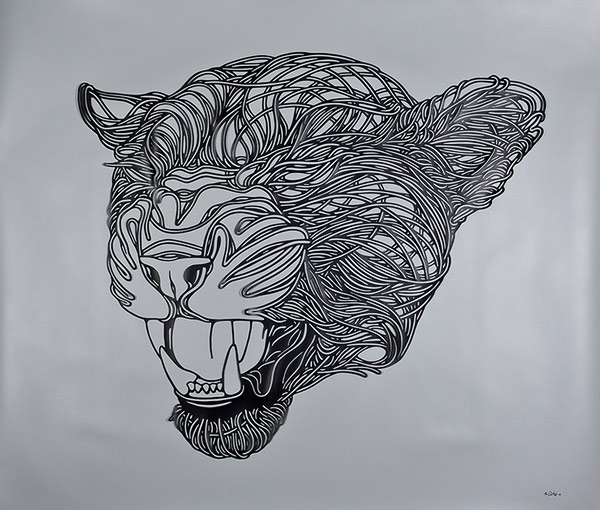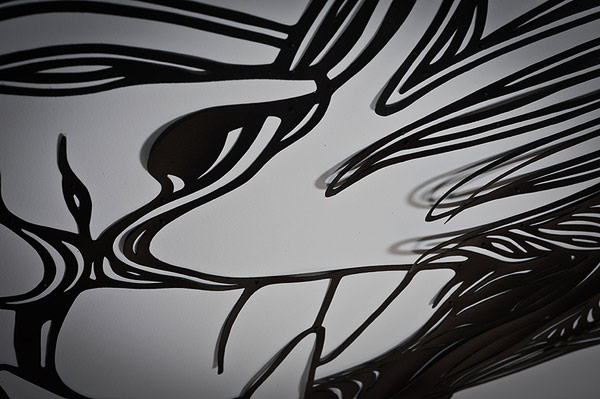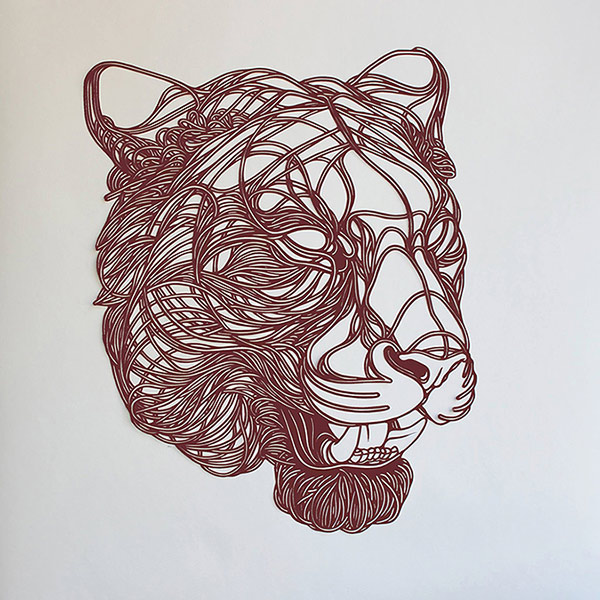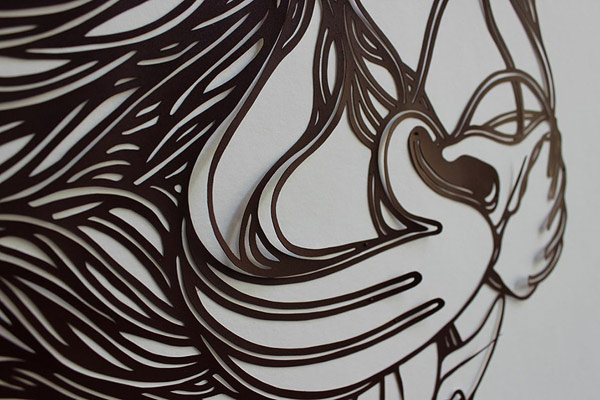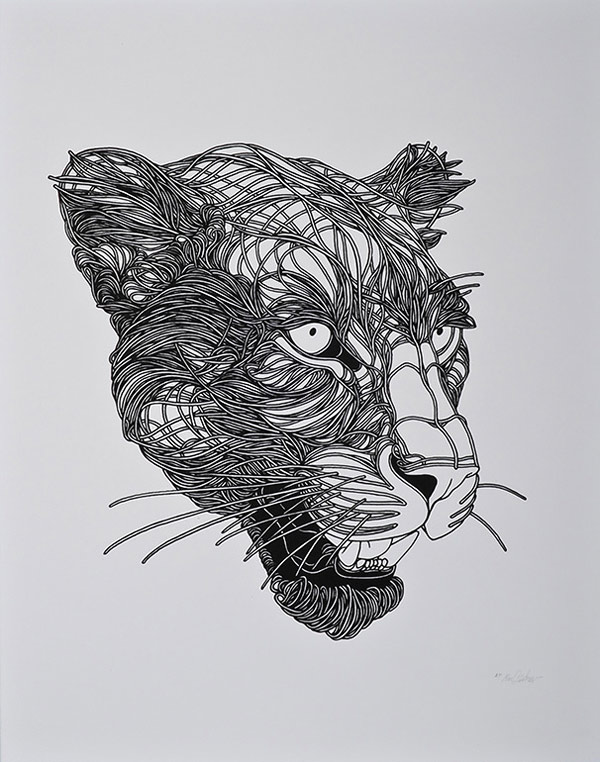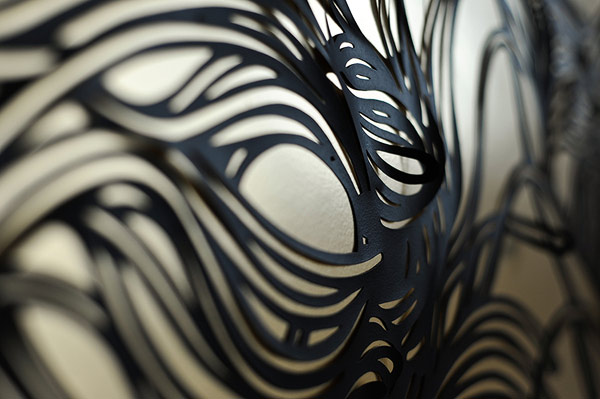Today I attended an extra curricular lecture featuring a talk from two different practitioners, one of which is Dr Jonathan Chapman, a professor of sustainable design.
The lecture was attended as Chapman's work on sustainable or durable design has a lot of relevance to both my research for the COP3 module and my sustainably minded design practice.
LECTURE NOTES;
Notes taken during the lectures are displayed below;
IMPORTNAT POINTS;
- Jonathan Chapman is a Professor of sustainable design.
- Big brands are moving towards sustainability - Often protecting the environment is not the driving force behind this decision but the ability to make a change and be different.
- Most products aim to improve things and make life better.
- Chapman's experience of low impact living - Large city.
- Society moving towards sustainable consumption.
- 40 Tons of waste can be produced to make one product - Mobile phone.
- 98% of which are thrown away within 6 months - About 1% efficient.
- By extending the life of a product it reduces energy need to produce new ones.
- Create products that improve over time.
- Modularity - build your own phone - customised pieces.
- Sugru - small bit of putty which can be used to fix or improve broken appliances.
CONCLUSION
I found the topics Chapman discussed in the lecture very interesting, specifically the statistics presented regarding the waste and product life of mobile phones in modern society. The 1% efficiency that is achieved sums up our civilisations approach to existence perfectly, we are mindlessly wasteful, and it is this approach to existence that is predominantly responsible for the climate issues plaguing the globe today.
One area I felt that my ideologies and Chapman's differ are with how such issues could be solved, much alike the conclusions reached in Al Gores 'An Inconvenient Truth' Chapman suggested a very capitalist solution, proposing that the system does not need to change, but new approaches to production and more mindful consumption can help to alleviate the issues.

